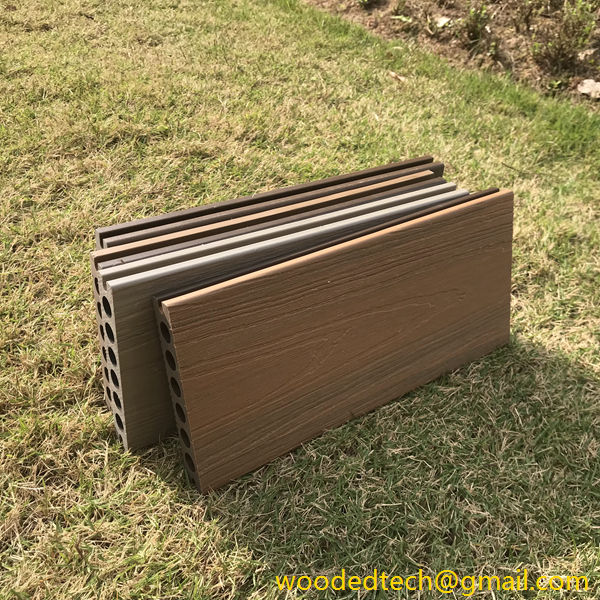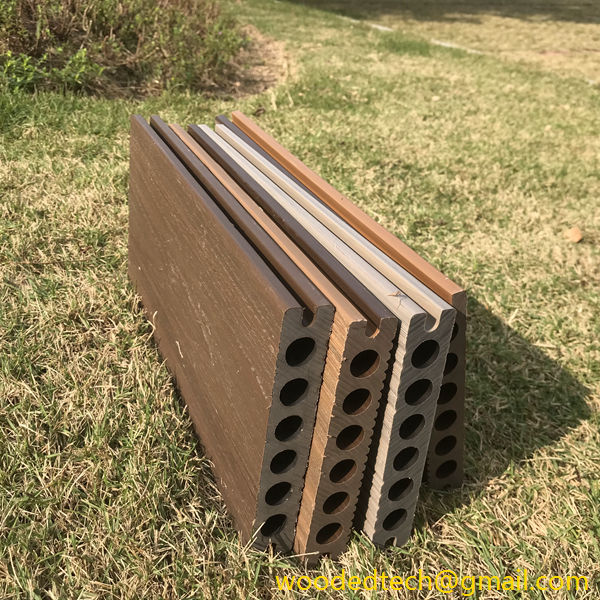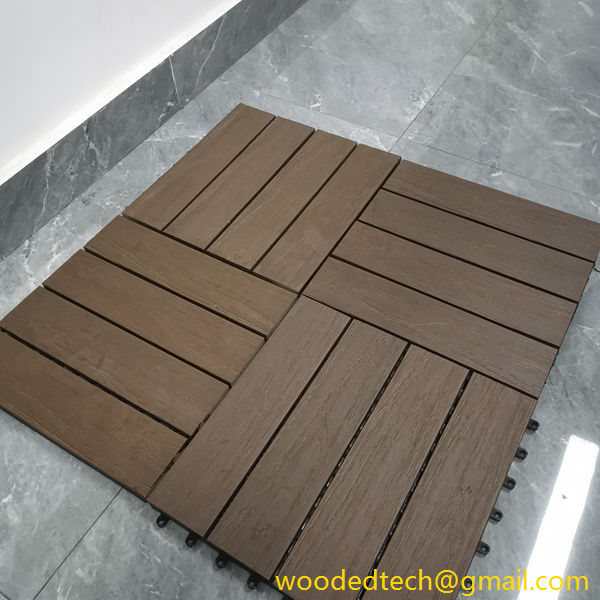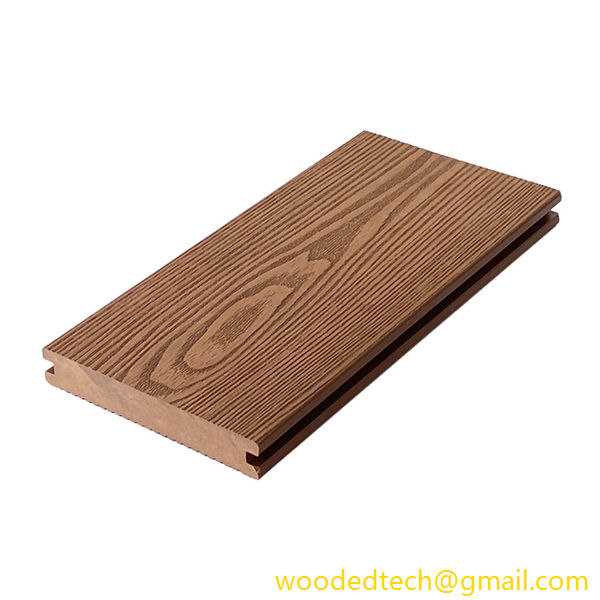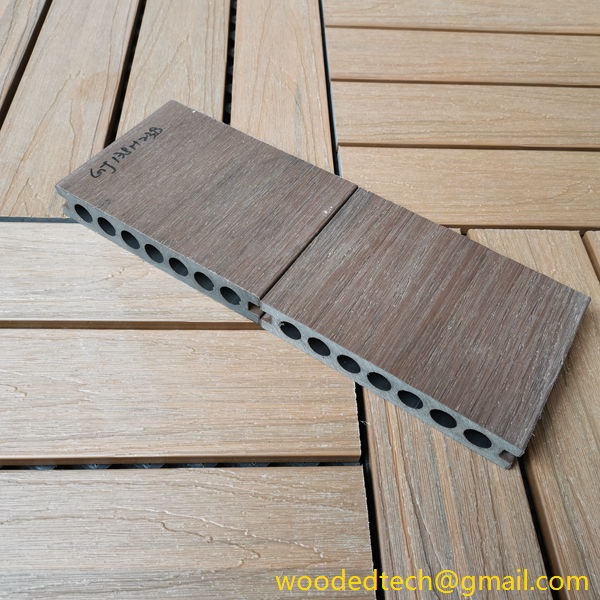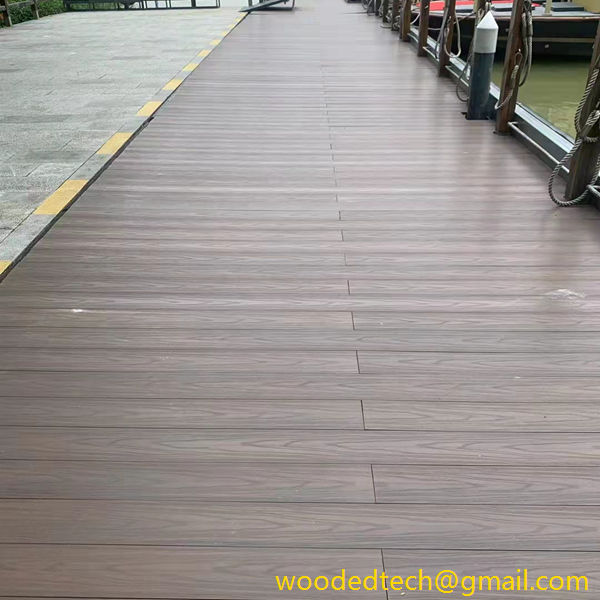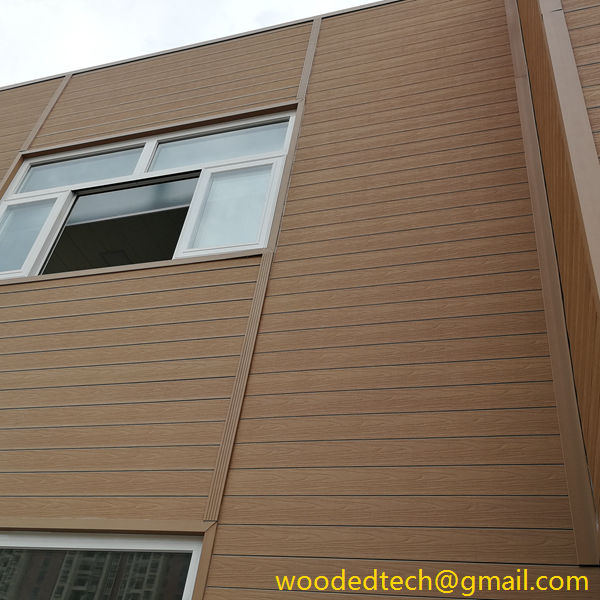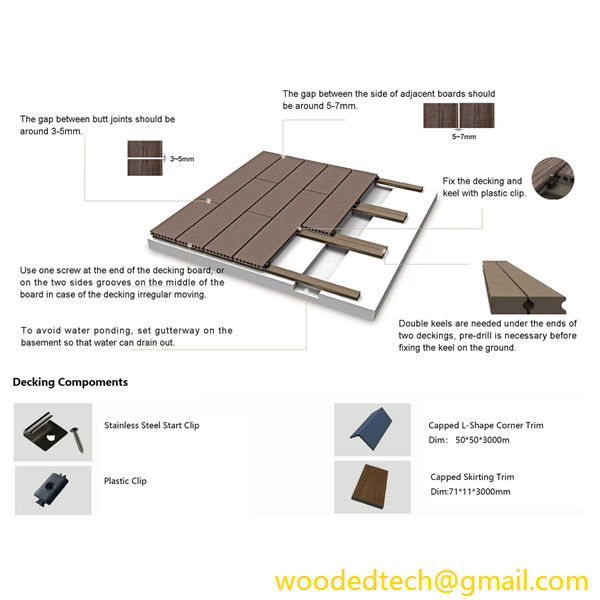Pros and Cons of WPC Flooring for Your Home
Pros and Cons of WPC Flooring for Your Home Wood Plastic Composite (WPC) flooring is gaining popularity in residential settings due to its combination of aesthetics, durability, and ease of maintenance. As a material that blends natural wood fibers with thermoplastic materials, WPC flooring offers unique benefits and challenges that homeowners should consider before making…
Pros and Cons of WPC Flooring for Your Home
Wood Plastic Composite (WPC) flooring is gaining popularity in residential settings due to its combination of aesthetics, durability, and ease of maintenance. As a material that blends natural wood fibers with thermoplastic materials, WPC flooring offers unique benefits and challenges that homeowners should consider before making a decision. This article explores the pros and cons of WPC flooring to help you determine if it is the right choice for your home.
One of the most significant advantages of WPC flooring is its resistance to moisture. Traditional hardwood floors can warp or swell when exposed to water, making them less suitable for areas like bathrooms and basements. In contrast, WPC flooring is designed to withstand high levels of humidity and moisture. This characteristic makes it an ideal option for homes in climates prone to wet weather or for spaces that experience spills and accidents, such as kitchens and playrooms.
In addition to its moisture resistance, WPC flooring is known for its durability. The combination of wood fibers and plastic creates a product that is less prone to scratches, dents, and other forms of damage compared to traditional hardwood. This durability extends the lifespan of the flooring, making it a cost-effective choice in the long run. Homeowners can enjoy the appearance of wood without the constant worry of maintenance that comes with natural materials.
Another appealing aspect of WPC flooring is its aesthetic versatility. Available in a wide range of colors, textures, and styles, WPC can mimic the look of various types of hardwood while also offering unique finishes that enhance any interior design. Whether you prefer the classic appearance of oak or a more contemporary look, WPC flooring provides options that can cater to different tastes and preferences.
Installation is another area where WPC flooring shines. Many products come with a click-lock installation system that allows for easy, DIY-friendly setup. This feature can save homeowners both time and money, as it eliminates the need for professional installation services. Additionally, WPC flooring can often be installed over existing flooring, which can further reduce the hassle and expense associated with flooring renovation.
However, despite its many benefits, WPC flooring does have some drawbacks that should be considered. One of the most significant concerns is the potential for off-gassing. Some WPC products may contain volatile organic compounds (VOCs) that can be released into the air. While many manufacturers are now offering low-VOC options, it is essential for homeowners to research and select products that prioritize indoor air quality. Proper ventilation during and after installation can also help mitigate any potential issues related to off-gassing.
Another downside to WPC flooring is its susceptibility to fading over time. While WPC is designed to withstand wear and tear, prolonged exposure to direct sunlight can cause colors to fade, reducing its visual appeal. Homeowners with ample natural light in their homes should consider using window coverings or UV-resistant coatings to protect their flooring from sun damage.
Additionally, while WPC flooring is durable, it is not entirely impervious to damage. Heavy furniture can leave indentations on the surface, and sharp objects can scratch the material. Homeowners should take care when moving furniture or using heavy appliances to prevent unnecessary damage. Using area rugs or furniture pads can help protect the flooring from excessive wear.
Cost is another factor to take into account. While WPC flooring can be more affordable than high-quality hardwood, it is typically more expensive than traditional laminate flooring. Homeowners on a tight budget may need to weigh the initial investment against the long-term benefits and durability of WPC. Comparing prices and features from various manufacturers can help you find a product that fits your budget while still meeting your needs.
In conclusion, WPC flooring presents a compelling option for homeowners seeking a blend of aesthetics, durability, and ease of maintenance. Its moisture resistance, durability, and aesthetic versatility make it an attractive alternative to traditional hardwood. However, potential issues such as off-gassing, fading, susceptibility to damage, and cost should also be carefully considered. By weighing the pros and cons of WPC flooring, you can make an informed decision that reflects your lifestyle, budget, and design preferences. Ultimately, WPC flooring can enhance your home’s beauty and functionality when chosen thoughtfully.

